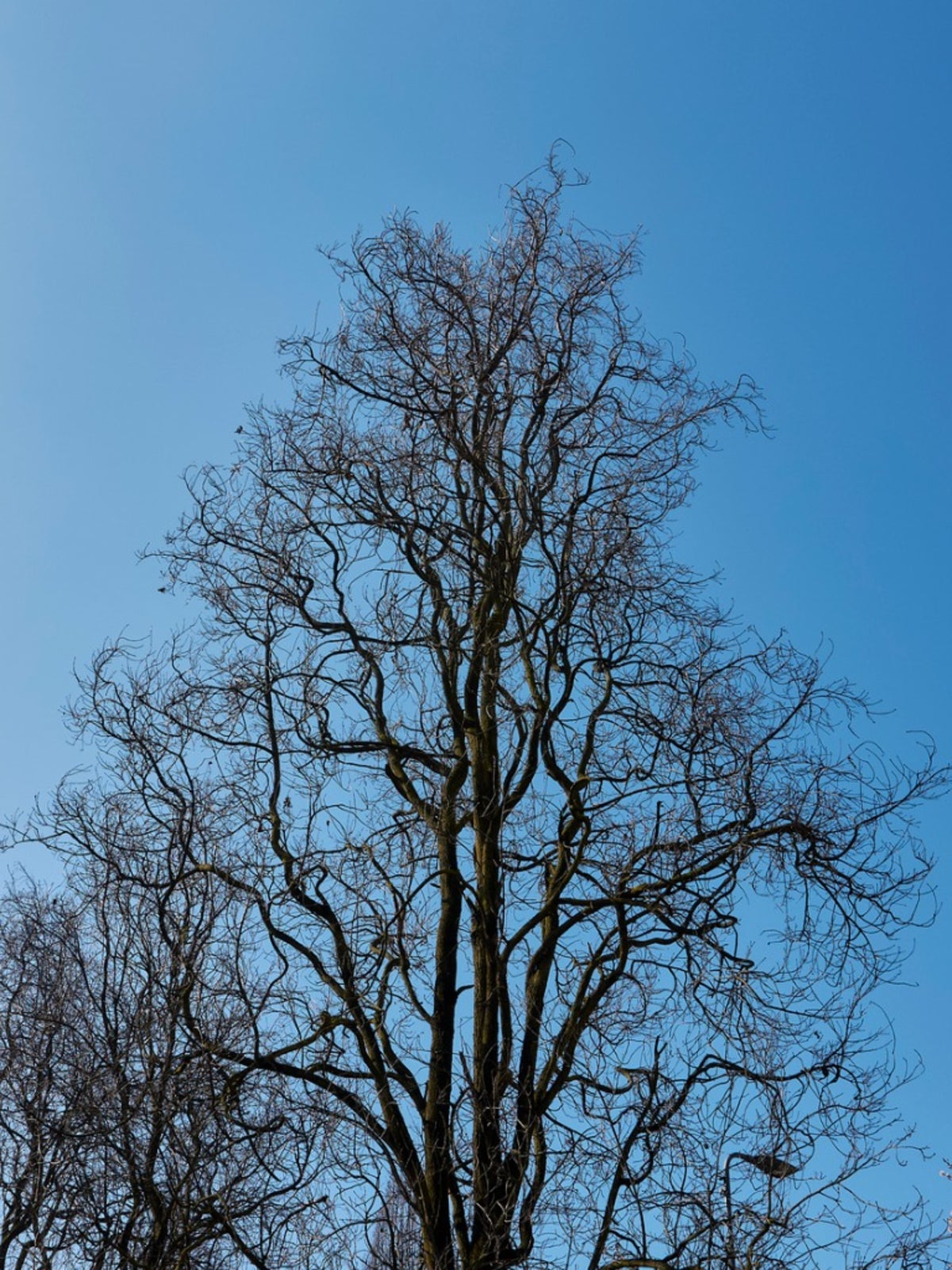Columnar Oak Information: What Are Columnar Oak Trees


If you think your yard is too small for oak trees, think again. Columnar oak trees (Quercus robur ‘Fastigiata’) offer the magnificent green lobed foliage and ridged bark that other oaks have, without taking up all that space. What are columnar oak trees? They are slow-growing, slender oaks with a tight, upright and narrow profile. Read on for more columnar oak information.
What are Columnar Oak Trees?
These unusual and attractive trees, also called upright English oak trees, were first found growing wild in a forest in Germany. These types of columnar oaks were propagated by grafting. Columnar oak tree growth is moderately slow, and the trees grow up, not out. With these trees, you don’t have to worry about the spreading lateral branches you associate with other oaks. Columnar oak trees might grow to 60 feet (18 m.) tall, but the spread will remain about 15 feet (4.5 m.). The dark green leaves turn brown or yellow in autumn and remain on the tree for months before they fall in winter. The trunk of the columnar oak is covered in dark brown bark, deeply ridged, and very attractive. The tree has small acorns hanging on the branches most of the winter that attract squirrels.
Columnar Oak Information
These ‘fastigata’ types of columnar oaks are easy care trees with outstanding ornamental qualities. Since the columnar oak tree growth direction is up, not out, they are useful in areas where you don’t have room for wide trees; the crown of the columnar oak remains tight, and no branches break out of the crown and wander out from the trunk. Ideal columnar oak tree growth conditions include a sunny location. Plant these oaks in direct sun on well-drained acidic or slightly alkaline soil. They are extremely adaptable and very tolerant of urban conditions. They also tolerate drought and aerosol salt.
Caring for Columnar Oak Trees
You will find that caring for columnar oak trees is not difficult. The trees tolerate drought but do best with occasional irrigation. These are good trees for cooler climates. They thrive in U.S. Department of Agriculture plant hardiness zones 4 or 5 through 8.
Sign up for the Gardening Know How newsletter today and receive a free copy of our e-book "How to Grow Delicious Tomatoes".

Teo Spengler is a master gardener and a docent at the San Francisco Botanical Garden, where she hosts public tours. She has studied horticulture and written about nature, trees, plants, and gardening for more than two decades, following a career as an attorney and legal writer. Her extended family includes some 30 houseplants and hundreds of outdoor plants, including 250 trees, which are her main passion. Spengler currently splits her life between San Francisco and the French Basque Country, though she was raised in Alaska, giving her experience of gardening in a range of climates.